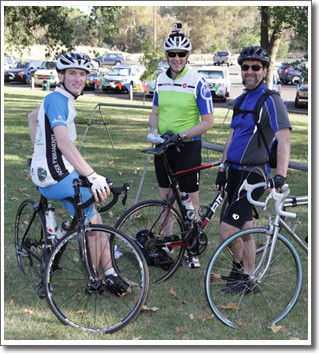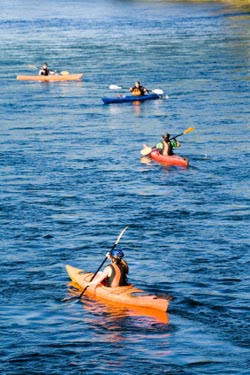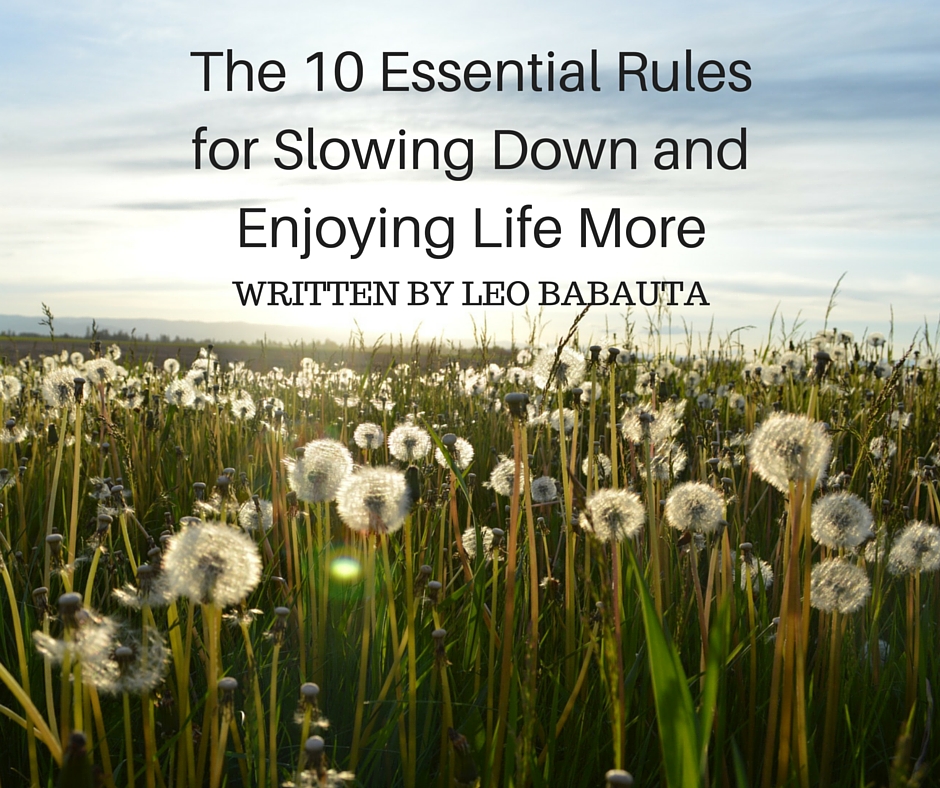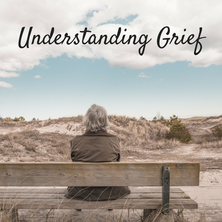
Start riding today in preparation for the 2016 Ride the Parkway event scheduled for September 11, 2016.
Join the Sacramento cycling community for a fun ride to benefit the best cycling spot in town--the American River Parkway! The ride features a 62-mile course stretching along the American River Parkway’s Jedediah Smith Memorial Trail from downtown Sacramento to Beal’s Point in Folsom. Ride as much or as little as you’d like; head upstream, downstream, or make it a challenge and ride the whole trail! Finish your ride at William B. Pond Recreation Area for a BBQ, live music, prize drawing and more. Ride the Parkway benefits the American River Parkway Foundation, a 501(c)(3) nonprofit dedicated to maintaining the Parkway for all to enjoy.
We hope to see you on September 11! Only 499 riders can participate, so reserve your spot now and get early bird pricing.










 RSS Feed
RSS Feed